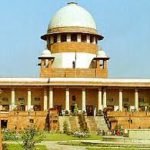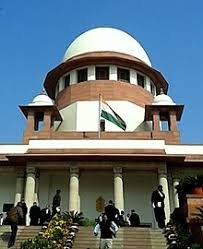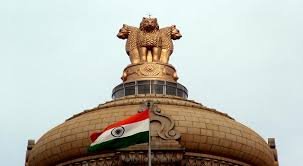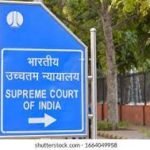The Supreme Court of recently overturned a murder conviction, highlighting critical flaws in the prosecution’s case, including unreliable witness testimony and unexplained injuries sustained by the accused.
A total of nine accused were prosecuted and convicted by the Trial Court for various offences, including murder and attempt to murder. The High Court had upheld the Sessions Court’s judgment. The case originated from a dispute involving a shop and land that one Kashiram Rathore had mortgaged to Ganpat Singh. After Ganpat Singh purchased the property, PW-11 (Rajendra Singh) opened a medical store there.
The Incident: On 23rd March 2001, the accused, allegedly with a common object and armed with deadly weapons (sword, rod, knife, poleaxe, club), went to the disputed shop. They murdered Manrakhan Singh and attempted to kill PW-1 (Shivraj Singh).
Eyewitnesses & FIR: PW-3 (Virendra Singh), PW-4 (Judawan Singh), PW-5 (Visheshwar Singh Thakur), and PW-8 (Rakesh Singh Thakur) were identified as injured eyewitnesses. The First Information Report (FIR) was registered based on the statement of PW-8.
Recovery of Weapons: Various weapons, including swords, daggers, bloodstained clubs, wooden planks, and rods, were reportedly recovered. A counter case was also registered.
Law Involved
The accused were prosecuted for offences under the Indian Penal Code (IPC), specifically:
Sections 147: Punishment for rioting.
Section 148: Rioting, armed with a deadly weapon.
Section 307: Attempt to murder, read with Section 149 (Every member of unlawful assembly guilty of offence committed in prosecution of common object).
Section 302: Punishment for murder, read with Section 149.
The defence argued that the case might fall under Section 304 of the IPC (Punishment for culpable homicide not amounting to murder), which offers a lesser punishment.
The court also considered the implications of Section 162 of the Code of Criminal Procedure, 1973, which deals with the use of statements made to police in evidence.
Reasoning :
The Supreme Court identified several critical issues in the prosecution’s case:
Unexplained Injuries on Accused: The prosecution failed to explain the minor injuries sustained by four of the accused persons, suggesting that the complainant’s side might have been the aggressor.
Delay in FIR and Police Statements: There was a delay of five and a half hours in lodging the FIR. Furthermore, despite police constables arriving quickly, there was a delay in recording the statements of key prosecution witnesses (PW-4 and PW-11).
Witness Reliability and Contradictions:
Independent Witnesses Not Supporting Prosecution: Three purportedly “independent” eyewitnesses (PW-13, PW-14, PW-15) did not support the prosecution’s version.
Related Eyewitnesses: The main eyewitnesses (PW-1, PW-3, PW-4, PW-5, PW-8) were related to each other and the deceased, and their statements contained “omnibus statements” insufficient to prove the prosecution’s case.
Fabricated Evidence: Evidence from a defence witness (DW-1) supported the alibi of accused no.9 (Ramesh Singh), who was an injured patient in the hospital around the time of the incident.
Significant Omissions in Cross-Examination: Cross-examination revealed material contradictions and omissions in the testimonies of key eyewitnesses (PW-1, PW-3, PW-4, PW-8), which were deemed crucial and sufficient to cast doubt on their reliability. For example, PW-1 did not mention accused no.9 assaulting the deceased with a lathi in his police statement, despite claiming it in court.
Failure of Identification: Crucially, many eyewitnesses, including PW-4, failed to identify the accused persons in court or could only identify a few, which is considered of “utmost importance” for a conviction.
Failure to Prove Guilt Beyond Reasonable Doubt: The court concluded that given the significant omissions and contradictions, the prosecution’s case was not proven beyond a reasonable doubt .
Holding :
The Supreme Court allowed the appeals.
The impugned judgment and order dated 10th September 2010, passed by the High Court of Chhattisgarh, was quashed and set aside.
Consequently, the appellants/accused were acquitted of the offences alleged against them.
The court explicitly found that the prosecution had not proved its case beyond reasonable doubt .
Tukesh Singh And Others V. State Of Chhattisgarh
Supreme Court: 2025 INSC 683: (DoJ 14-05-2025)








